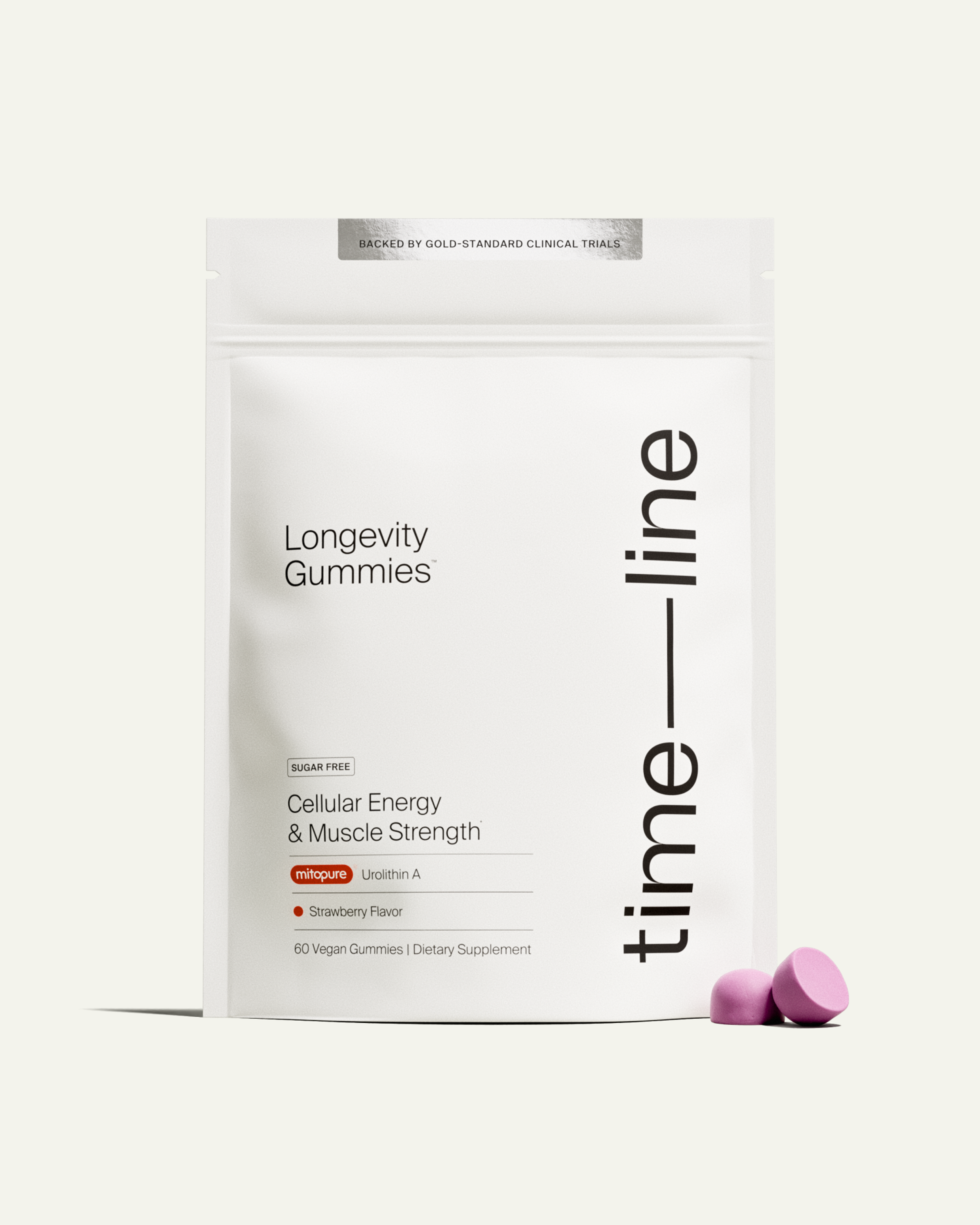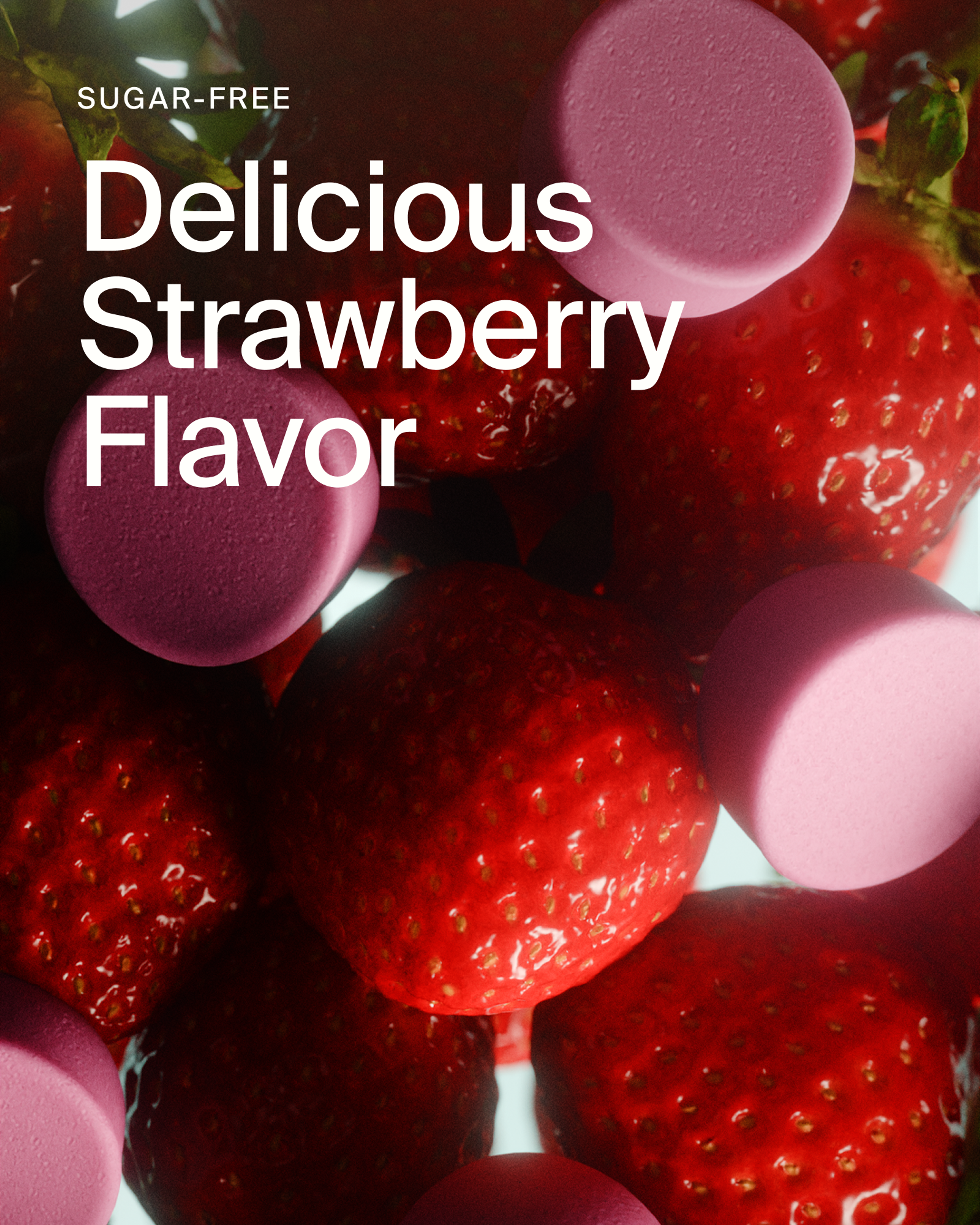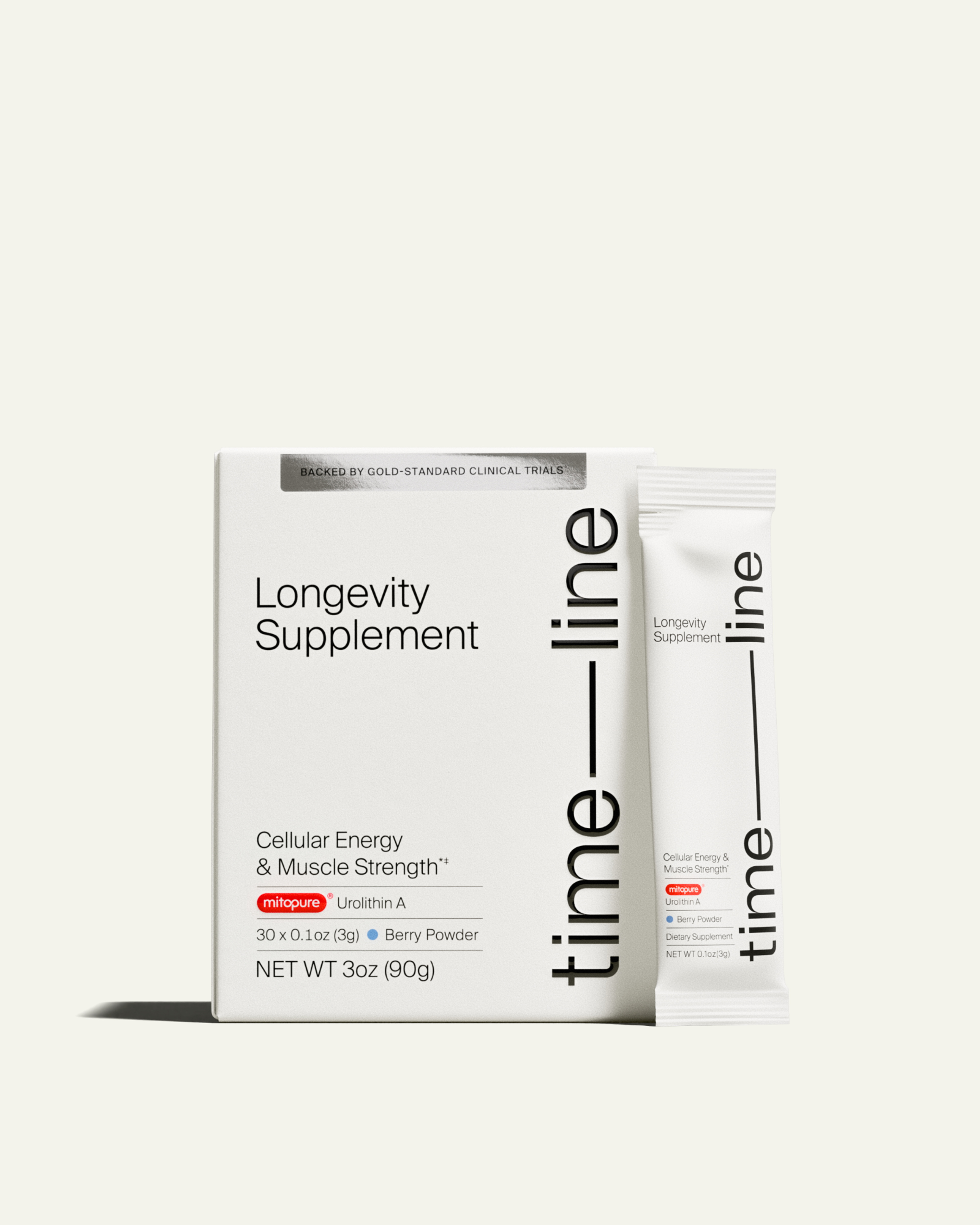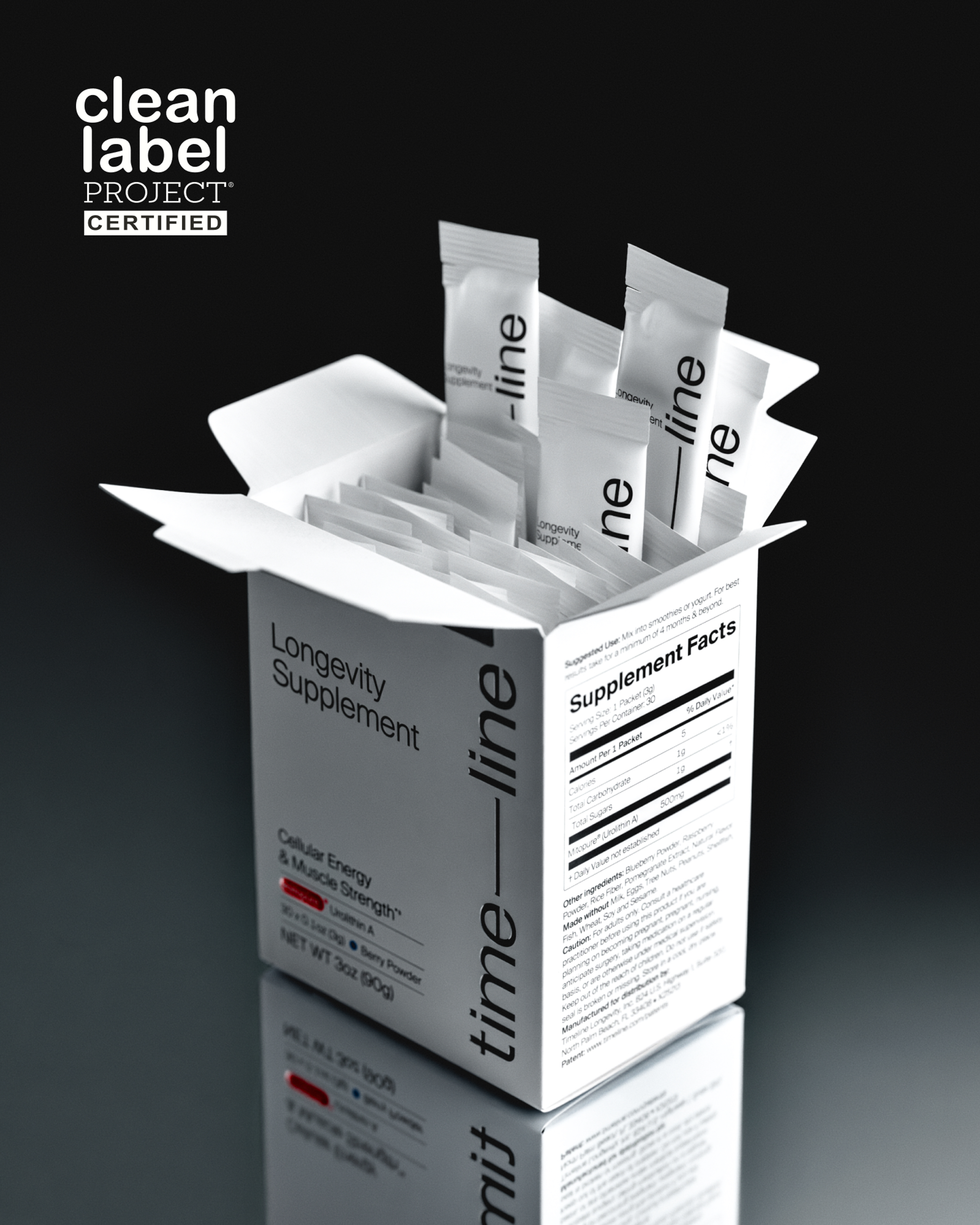The Food Pharmacy: Interview with Dr. Navindra Seeram
One of the major classes of phytochemicals found in the pomegranate is a class of polyphenols called ellagitannins - precursors to Urolithin A.
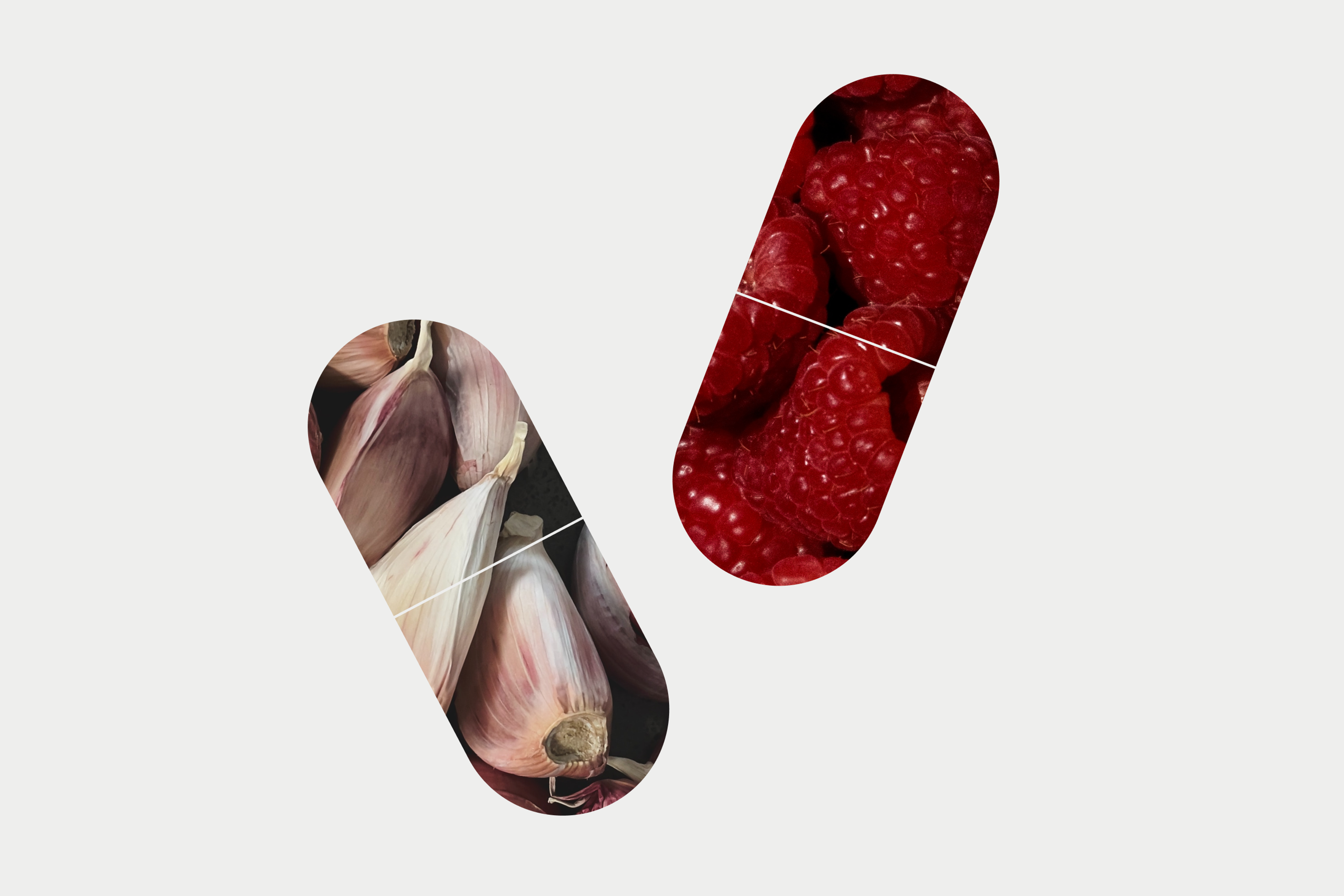
The Amazentis Editorial Staff interviewed Navindra P. Seeram, Ph.D. Professor in the College of Pharmacy at the University of Rhode Island. He is an expert in plants and products derived from them that can be used for medicinal purposes in humans. Navindra Seeram is a scientific advisor to Amazentis.
What are Phytochemicals & What do They Have to do With “Food as Medicine”?
Phytochemistry is a discipline of natural product chemistry, which comes under the broader umbrella of pharmacognosy – the discipline of the discovery of drugs from natural sources. What are the medicinal compounds which can be discovered from nature?
This includes terrestrial plants, marine plants and organisms, bacteria, fungi, and more. The most potent antibiotic was derived from bacteria, and penicillin comes from a type of mold.
Phytochemicals refer specifically to compounds that occur naturally in plants (fruits, vegetables, nuts, and more). They are an inherent part of any plant, contributing to their texture, flavor, and medicinal properties. These compounds are not macronutrients, but rather, they are secondary metabolites. That means that although they may not be essential to health like vitamins or minerals, they can have a significant impact and give the organism a competitive advantage.
Of the more than 3000 phytochemicals identified to date, one well-known example is salicylic acid, the main component found in aspirin. It comes from the bark of the willow tree, which people used to chew in medieval England to benefit from its pain-relieving properties.
Another example is the Madagascar Periwinkle flower, which produces very toxic chemotherapy drugs called Vinblastine and Vincristine.
As an ethnic fourth-generation Indian having grown up in Guyana in South America, Seeram grew up with a tradition of using food as medicine, because doctors, hospitals, and pharmaceuticals were not always accessible or affordable given the general poverty level of the country.
This concept of using plants as the first line of defense against harmful diseases piqued his interest because it was normal for his mother or grandmother to tell him to boil a specific plant and drink the infusion to soothe a stomach or a toothache.
During his undergraduate studies in chemistry and his ensuing Ph.D. in Jamaica, Seeram explored what happens when phytochemicals get into the body, under the framework of forensic sciences.
Over the years, Seeram has spent time at Michigan State University studying the properties of tart cherries; at the University of California Los Angeles (UCLA) looking at the beneficial compounds in blueberries, raspberries, strawberries, and the pomegranate; and at the University of Rhode Island exploring the characteristics of indigenous plants such as the maple tree.
While the plant he focuses on may change, a constant is that it is what is in the food that is responsible for providing benefits to our health. The interest lies in identifying the specific molecules that cause the health benefits we tend to attribute to the whole food or plant.
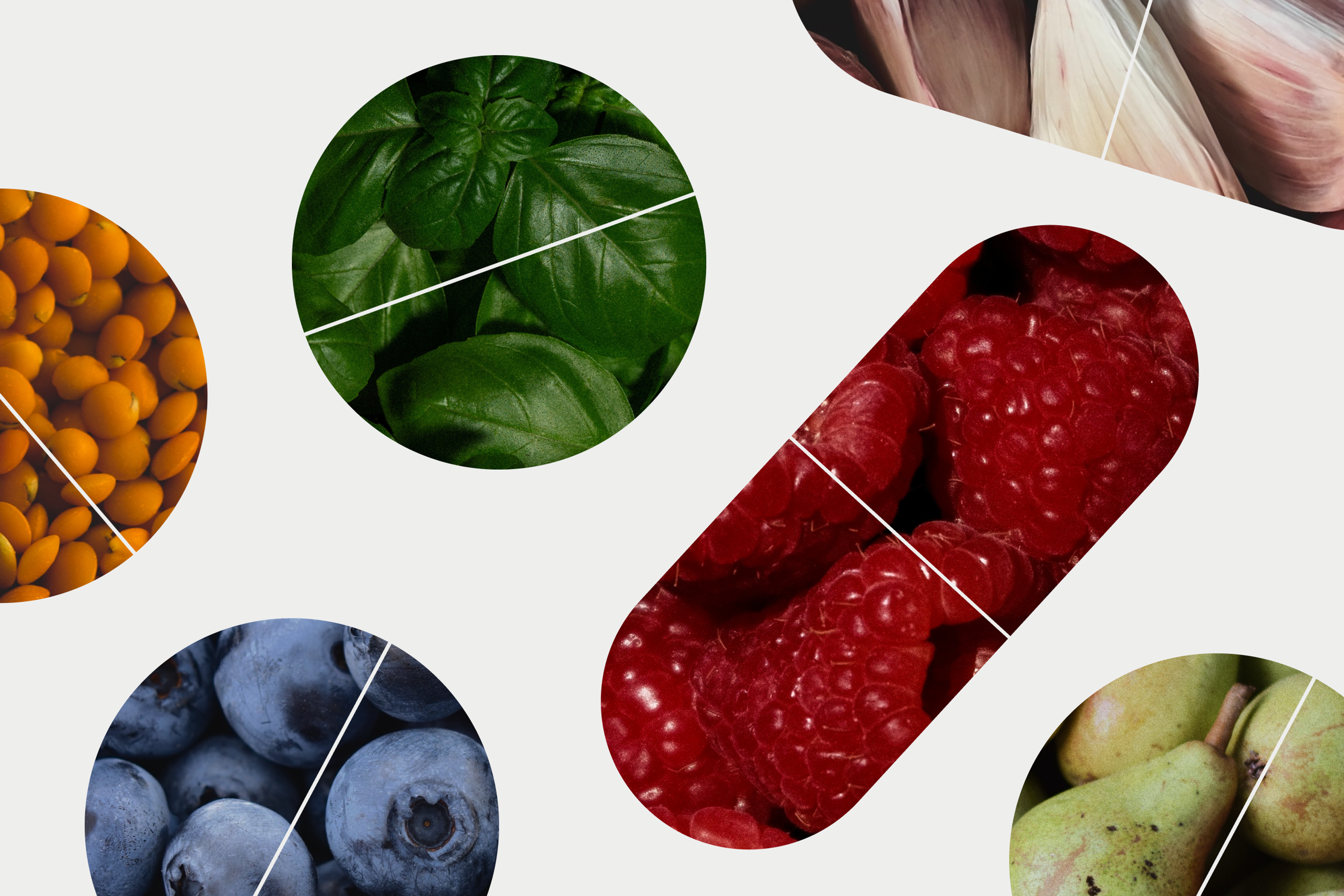
Food as medicine
Nutrition Advice from an Expert
There is so much information out there, that it can be confusing to know what advice to follow. Seeram suggests keeping it simple and reflecting on what ancient humankind used to eat: not a lot of meat, but a high variety of fruits, roots, tubers, grains, flowers, and leaves – all rich in phytochemicals.
The concept of “five (colorful) portions of fruits and vegetables per day” – which includes juices, teas, dark chocolate, red wine, coffee, and more – is still relevant in that it supports the above, in a way that off-the-shelf supplements cannot fully replace.
After all, of the various things out of our control, from what we inherit through our DNA to potential exposure to environmental toxins, we can adjust our lifestyle. This includes what we eat, how much we move, and whether or not we have a happy mind (think meditation).
Personalized nutrition is gaining traction in the West, yet has been around for a long time in other parts of the world. Traditional Chinese medicine and Indian Ayurvedic medicine both share a core tenet that food is medicine and individualize treatments based on adapted foods and herbs.
Western medicine is exploring and developing the concept of personalized medicine based on the fact that one size fits all doesn’t work anymore, and anyone drug won’t work on everyone in the same way.
When it comes to nutrition, individuals will respond to certain foods in different ways based on their specific gut microbiota among other things. This in turn causes different people to convert food in different ways.
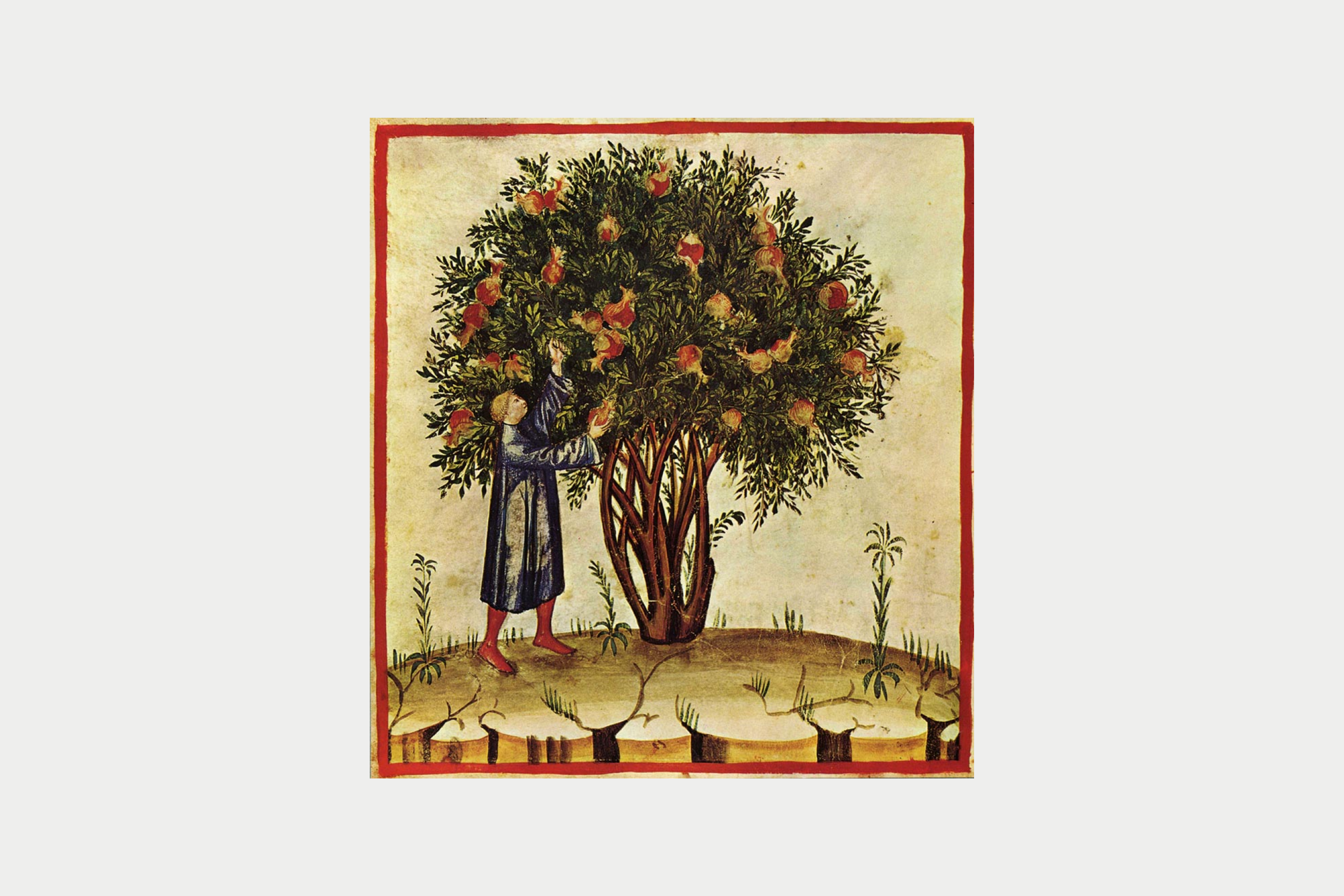
A pomegranate tree in an illustration for the Tacuinum Sanitatis, made in Lombardy, late 14th century (Biblioteca Casanatense, Rome)
The Power of the Pomegranate
Myriad biological properties and health effects have been attributed to the pomegranate fruit, its extracts, and its juice.
That’s not all – the pomegranate is mentioned in all religions, and is often considered the king of fruit (it even has a crown!). Some say the proverbial apple in the Garden of Eden was in fact a pomegranate. In Persia, it was the oldest cultivated agricultural crop. From a botanical perspective, it is the only member of its family.
It is used in Ayurveda and Traditional Chinese Medicine, and the rind is used as a spice in India. In the West, the juice is commercialized.
Seeram edited the book “Pomegranates: Ancient Roots to Modern Medicine”, a reference in its field. Today, the work on pomegranates continues, with scientists worldwide exploring their phytochemical makeup and properties.
The Pomegranate, Key to Unlocking the Science of Mitopure (highly pure Urolithin-A)
One of the major classes of phytochemicals found in the pomegranate is a class of polyphenols called ellagitannins. Studies looking at what from the pomegranate becomes bioavailable to our bodies by making it into the bloodstream had trouble explaining physiological levels of the large molecule punicalagin (the major ellagitannin found in pomegranate) because it isn’t found in the blood after the consumption of pomegranate.
Follow-up work shed light on a process that uses certain types of gut microbiota to convert ellagitannins to a range of smaller, gut-derived metabolites called urolithins.
Urolithin A is one of the metabolites you can get from pomegranate – if and only if – you have the right bacteria.
This is relevant because Urolithin A has been shown to improve mitochondrial health, muscle health, and act as an “anti-aging” agent. As a result of Urolithin A’s role, nematode worms live longer, and rodents show increased endurance. Human trials are on their way, but we already know that Urolithin A triggers our cellular activity in a comparable manner.
In other words, as Seeram put it, “IF you eat pomegranate, and IF you have the right gut bacteria, you can produce Urolithin A and get its benefits. If not, you miss out.”
That’s where the work of Amazentis comes in, as they have found a way to deliver the bioactive directly, Mitopure (highly pure Urolithin A), independently of whether or not you consume pomegranate or have the right gut bacteria to process it.
What Next?
Urolithin A skeptics may think back to polyphenols, a class of phytochemicals that are the most abundant in our (plant-based) diets. Despite their potential, they have not quite lived up to expectations. This includes epigallocatechin gallate (EGCG) in green tea, lignans in flax, and anthocyanin in berries.
“Due to their abundance, these polyphenols attracted a lot of attention. However, despite the potential of lab studies, human clinical trials did not recapitulate what has been reported in animal models and in cells. That’s the challenge – we have to understand what’s in the plant as well as identify the bioactive compound in vivo, that is getting into the tissues. That’s where Urolithin A stands out” explains Seeram.
This speaks to the interdisciplinary nature of nutrition science, and in the case of Urolithin A, in particular with regards to healthier aging. The subject holds the capability of identifying what is important for survival, understanding the best that we can be as we age, and defining a holistic and personalized approach.
“In that sense,” Seeram concludes, “Mitopure is a trailblazer that might be the tip of the iceberg. That is why it is so important to forge ahead and continue pushing the boundaries of nutrition science – which is exactly what Amazentis is doing.”

·
Nutrition·
The Science Behind Why Pet Owners Tend to Live Longer
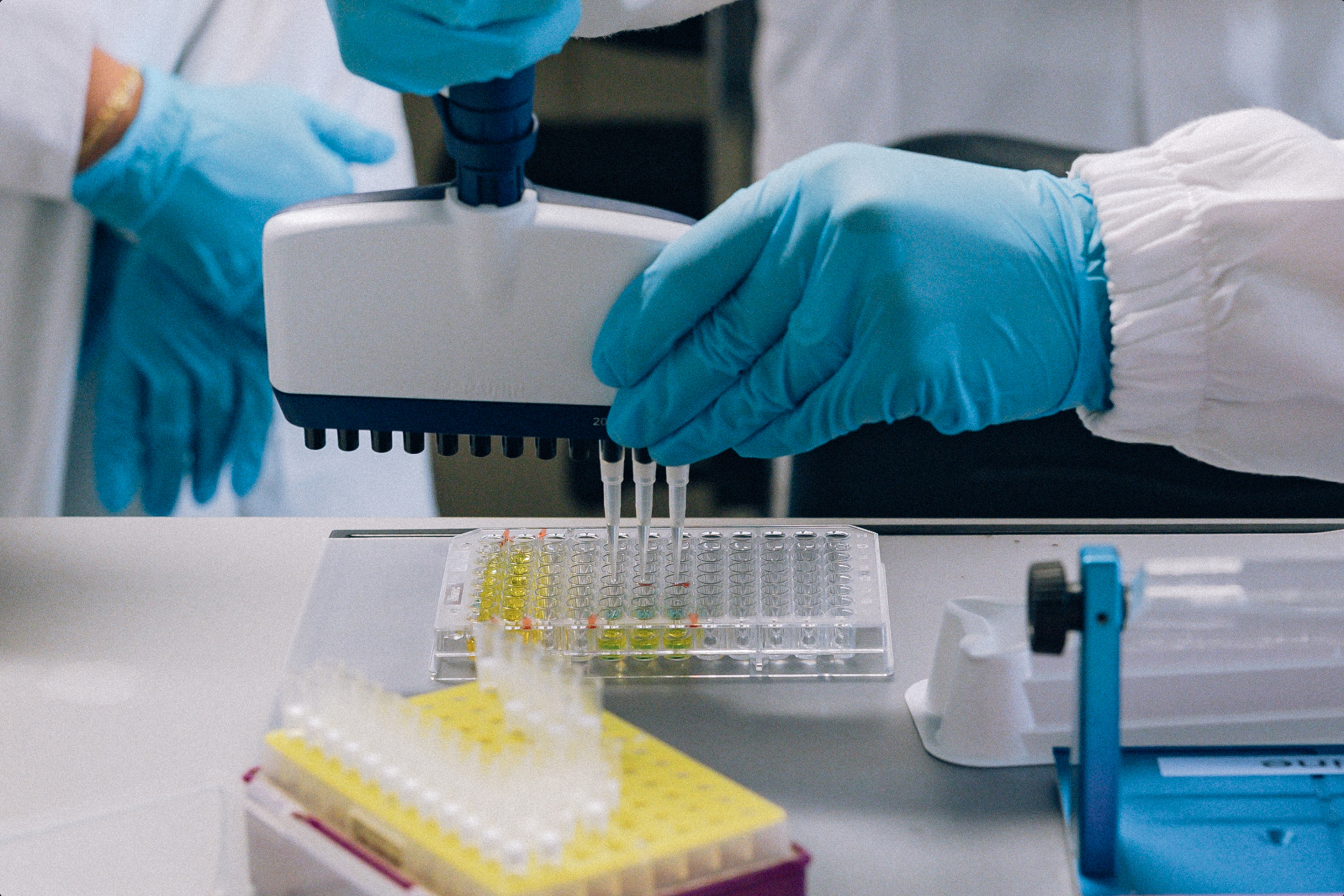
·
Nutrition·
Studies·
